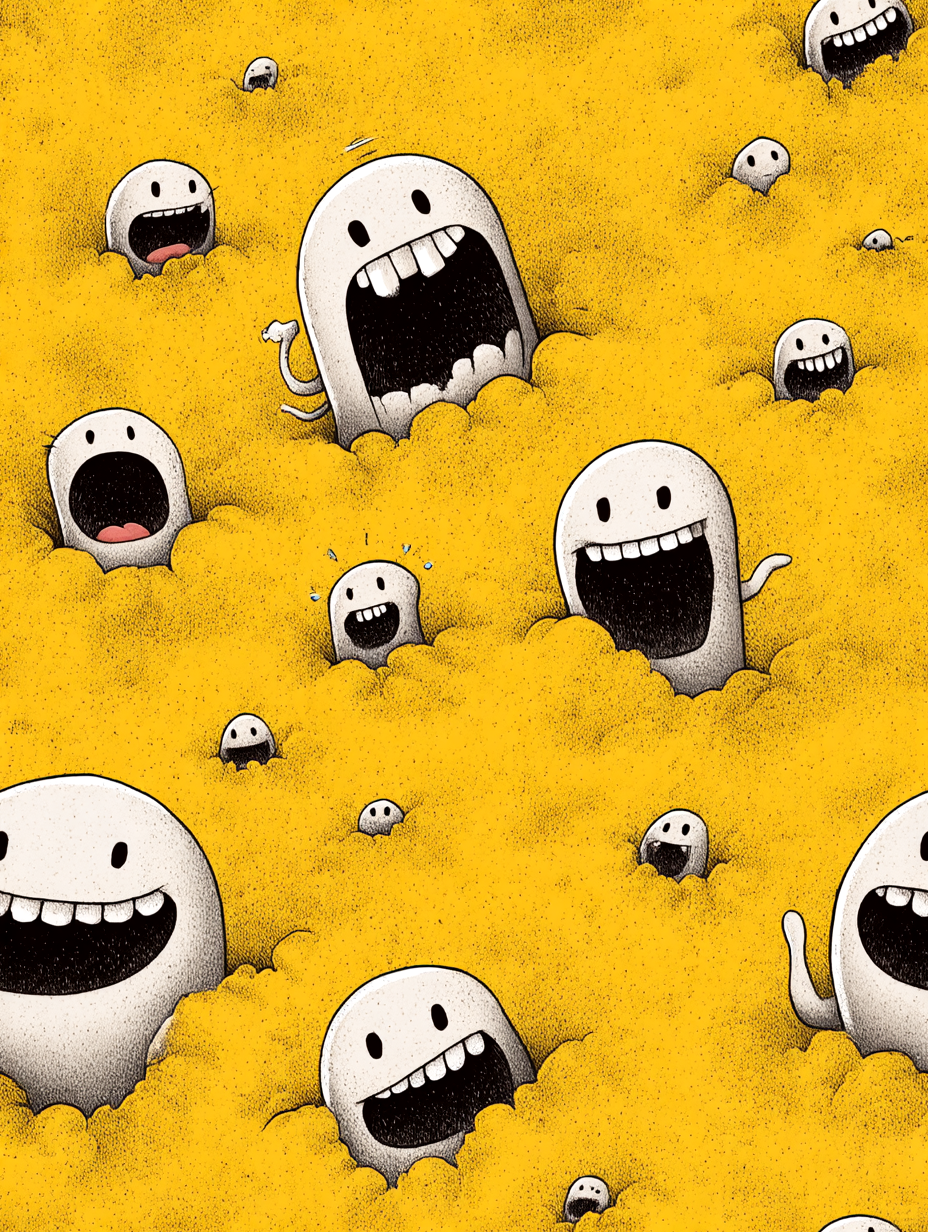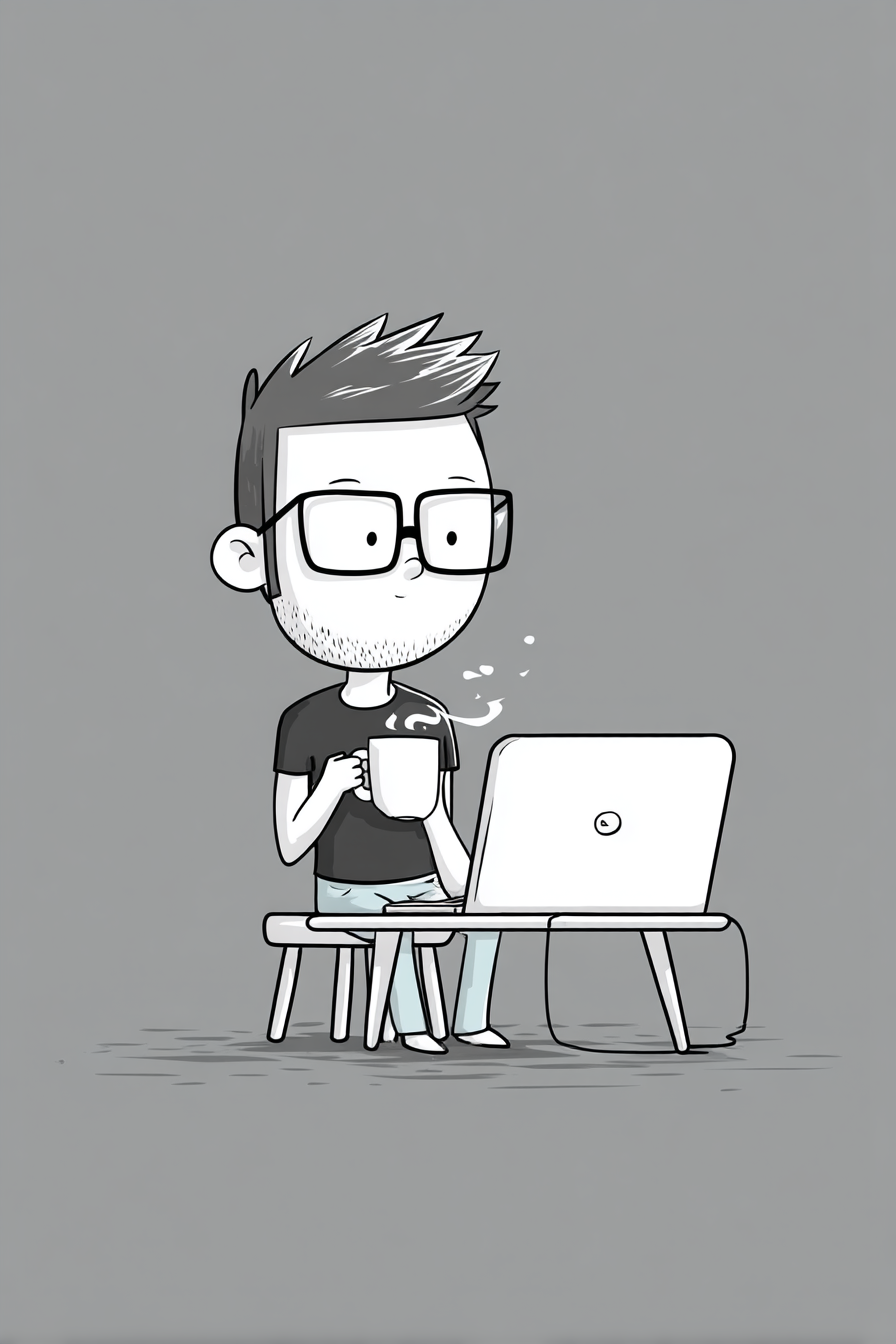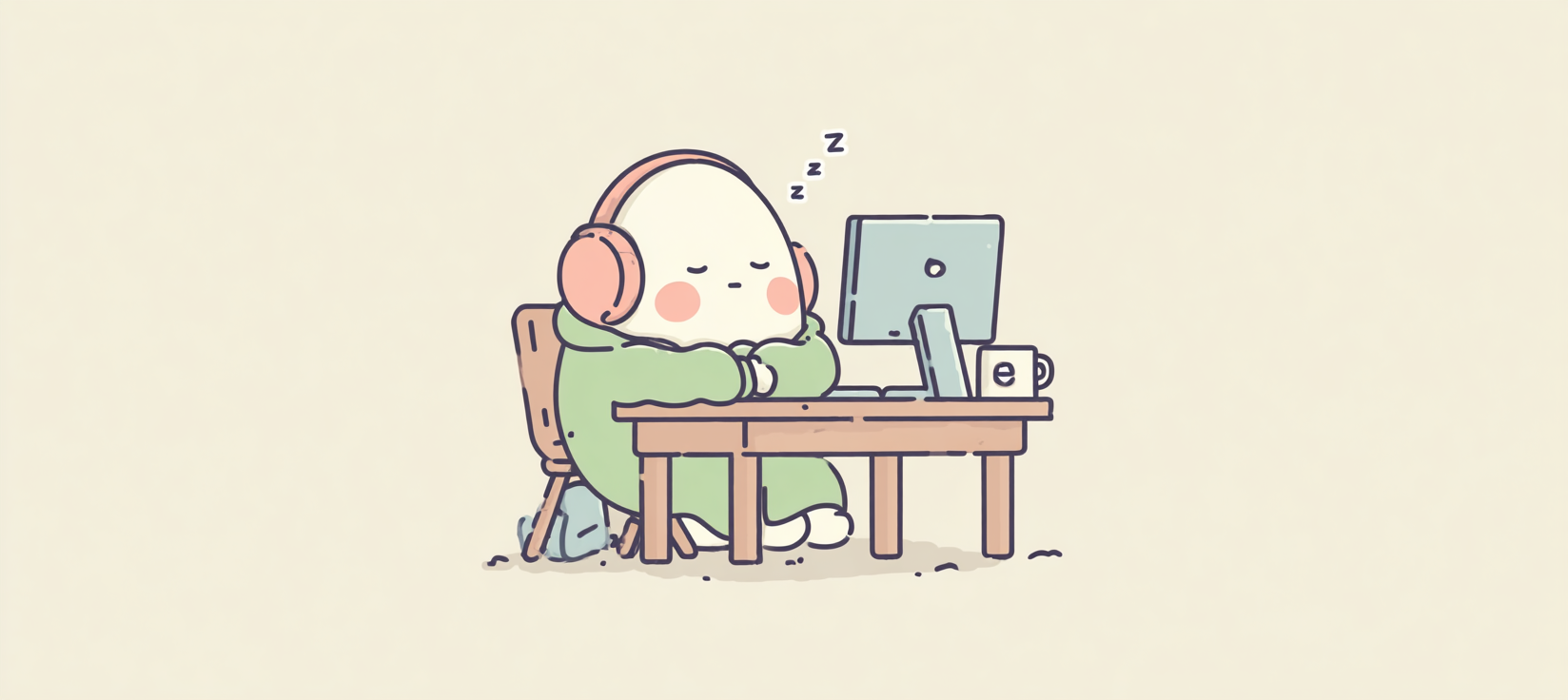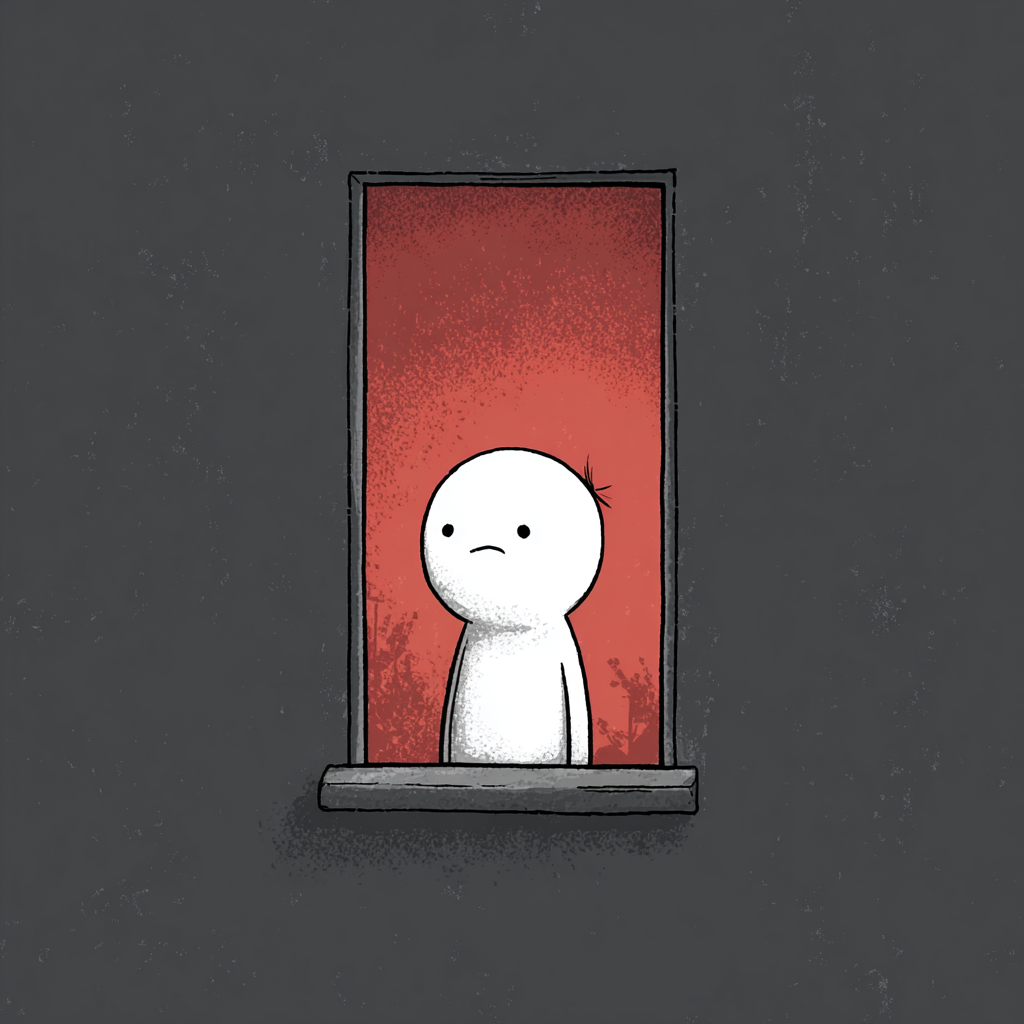MYAPPROACH









MYAPPROACH
THIS IS MY DESIGN PROCESS
I get it — design can be messy; but for me it’s important to create order out of chaos. That’s why although I may not always follow this process in a linear sequence, the steps below are always in the back of my mind when I’m working on a project:

Learn the underlying business needs
Understanding what the business goals are helps me understand why the product should exist. Does the business compete based on differentiation or cost? What are our competitors doing? What constraints do we face (human capital, financial, time)? What KPIs are we using to define success? At this stage of the process it’s critical to get stakeholder alignment to avoid any mishaps later on.

Learn the user needs
What are people struggling to accomplish? How can we help them achieve their goals? What is the context in which they will be using the product? What’s their story? It’s all about understanding the target audience.

Define the user
Taking all of the qualitative and quantitative user research data that was gathered, look for patterns and create personas that reflect each user group we are designing for. It’s also important to understand the context in which someone is accessing the website or mobile app in order to define more accurate user scenarios.

Begin the ideation
This step is all about investigating multiple solutions. Sketch a bunch of different design options that take into account user needs as well as business requirements. Top of mind, the focus is on empowering the user to accomplish their goal in the most efficient, effective and delightful manner as possible, keeping in mind the business objectives. Before proceeding, I like to hold working sessions with colleagues and stakeholders in order to solicit feedback and confirm the overall direction.

Build a prototype
I’m pretty quick at digital prototyping, so most of the time I’ll use software to create something that can be tested with users rather than a paper prototype. I’ll be honest though, sometimes I’ll jump straight into high-fidelity designs. The reason why is that based on my experiences, people don’t understand low fidelity. Even when I preface it by saying that “I am showing you wireframes as a way to present the layout alone, not focus on the colors or images”; still, people seem to have a hard time getting past the wireframe concept — especially when they were expecting to see full-color layouts. I get it though; we’re visual beings at the end of the day.

Test away
Even though this is a single step in my process, I don’t look at testing as a one-and-done event. It’s something that should continually occur in order to save money and time — and reduce the risk of users rejecting the end product. I look at testing as a two-fold process: First, I like to test with internal stakeholders to make sure I get their approval. Then, I like to meet with 3-5 users from our defined target audience to conduct formative research that allows us to understand what is and isn’t working, and optimize our designs as a result.

Iterate based on testing results
Prioritize. Prioritize. Prioritize. Understand that you can’t please everyone. Based on the feedback you receive, it’s important to rank what needs to be refined and then go to work in that order. Then, test it. Refine it. Test it again. Okay, you get what I’m saying. The goal here should be to align with the user’s mental model as much as possible.

Deliver the product
Create your final prototype, prepare any assets and relevant documentation that the development team will need. There shouldn’t be any surprises or major roadblocks here because ideally the development team has been involved in the design process from the start and made you aware of any obstacles early enough.

Track, Learn and Improve
Did you solve the problem you set out to solve? Were the business objectives achieved? Now it’s important to monitor and track analytics in order to determine how users are using the product and identify any areas of improvement or potentially any new product offerings.
MYAPPROACH
THIS IS MY DESIGN PROCESS
I get it — design can be messy; but for me it’s important to create order out of chaos. That’s why although I may not always follow this process in a linear sequence, the steps below are always in the back of my mind when I’m working on a project:

Learn the underlying business needs
Understanding what the business goals are helps me understand why the product should exist. Does the business compete based on differentiation or cost? What are our competitors doing? What constraints do we face (human capital, financial, time)? What KPIs are we using to define success? At this stage of the process it’s critical to get stakeholder alignment to avoid any mishaps later on.

Learn the user needs
What are people struggling to accomplish? How can we help them achieve their goals? What is the context in which they will be using the product? What’s their story? It’s all about understanding the target audience.

Define the user
Taking all of the qualitative and quantitative user research data that was gathered, look for patterns and create personas that reflect each user group we are designing for. It’s also important to understand the context in which someone is accessing the website or mobile app in order to define more accurate user scenarios.

Begin the ideation
This step is all about investigating multiple solutions. Sketch a bunch of different design options that take into account user needs as well as business requirements. Top of mind, the focus is on empowering the user to accomplish their goal in the most efficient, effective and delightful manner as possible, keeping in mind the business objectives. Before proceeding, I like to hold working sessions with colleagues and stakeholders in order to solicit feedback and confirm the overall direction.

Build a prototype
I’m pretty quick at digital prototyping, so most of the time I’ll use software to create something that can be tested with users rather than a paper prototype. I’ll be honest though, sometimes I’ll jump straight into high-fidelity designs. The reason why is that based on my experiences, people don’t understand low fidelity. Even when I preface it by saying that “I am showing you wireframes as a way to present the layout alone, not focus on the colors or images”; still, people seem to have a hard time getting past the wireframe concept — especially when they were expecting to see full-color layouts. I get it though; we’re visual beings at the end of the day.

Test away
Even though this is a single step in my process, I don’t look at testing as a one-and-done event. It’s something that should continually occur in order to save money and time — and reduce the risk of users rejecting the end product. I look at testing as a two-fold process: First, I like to test with internal stakeholders to make sure I get their approval. Then, I like to meet with 3-5 users from our defined target audience to conduct formative research that allows us to understand what is and isn’t working, and optimize our designs as a result.

Iterate based on testing results
Prioritize. Prioritize. Prioritize. Understand that you can’t please everyone. Based on the feedback you receive, it’s important to rank what needs to be refined and then go to work in that order. Then, test it. Refine it. Test it again. Okay, you get what I’m saying. The goal here should be to align with the user’s mental model as much as possible.

Deliver the product
Create your final prototype, prepare any assets and relevant documentation that the development team will need. There shouldn’t be any surprises or major roadblocks here because ideally the development team has been involved in the design process from the start and made you aware of any obstacles early enough.

Track, Learn and Improve
Did you solve the problem you set out to solve? Were the business objectives achieved? Now it’s important to monitor and track analytics in order to determine how users are using the product and identify any areas of improvement or potentially any new product offerings.